20/11/2010
Frank Nelson Cole Prize in Number Theory
This prize (and the Frank Nelson Cole Prize in Algebra ) was founded in honor of Professor Frank Nelson Cole on the occasion of his retirement as Secretary of the American Mathematical Society after twenty-five years of service and as Editor-in-Chief of the Bulletin for twenty-one years. The original fund was donated by Professor Cole from moneys presented to him on his retirement, and was augmented by contributions from members of the Society. The fund was later doubled by his son, Charles A. Cole. The prize is for a notable paper in number theory published during the preceding six years. To be eligible, the author should be a member of the American Mathematical Society or the paper should have been published in a recognized North American journal. Currently, the US$5,000 prize is awarded every three years. Next award: January 2011. Sixteenth award, 2008: To Manjul Bhargava for his revolutionary work on higher composition laws. Fifteenth award, 2005 : To Peter Sarnak for his fundamental contributions to number theory and in particular his book Random Matrices, Frobenius Eigenvalues and Monodromy, written jointly with his Princeton colleague Nicholas Katz. Fourteenth award, 2002 : To Henryk Iwaniec for his fundamental contributions to analytic number theory, and to Richard Taylor for several outstanding advances in algebraic number theory. Thirteenth, 1997 : To Andrew J. Wiles for his work on the Shimura-Taniyama conjecture and Fermat's Last Theorem, published in Modular elliptic curves and Fermat's Last Theorem, Ann. of Math. 141 (1995), 443-551. Twelfth award, 1992: To Karl Rubin for his work in the area of elliptic curves and Iwasawa Theory with particular reference to his papers Tate-Shafarevich groups and L-functions of elliptic curves with complex multiplicationand The "main conjectures" of Iwasawa theory for imaginary quadratic fields and to Paul Vojta for his work on Diophantine problems with particular reference to his paper Siegel's theorem in the compact case. Eleventh award, 1987: To Dorian M. Goldfeld for his paper, Gauss's class number problem for imaginary quadratic fields, Bulletin of the American Mathematical Society, volume 13, (1985), pp. 23-37; and to Benedict H. Gross and Don B. Zagier for their paper, Heegner points and derivatives of L-Series, Inventiones Mathematicae, volume 84 (1986), pp. 225-320. Tenth award, 1982: To Robert P. Langlands for pioneering work on automorphic forms, Eisenstein series and product formulas, particularly for his paper Base change for GL(2), Annals of Mathematics Studies, volume 96, Princeton University Press, 1980; and to Barry Mazur for outstanding work on elliptic curves and Abelian varieties, especially on rational points of finite order, and his paper Modular curves and the Eisenstein ideal, Publications Mathematiques de l'Institut des Hautes Etudes Scientifiques, volume 47 (1977), pp. 33-186. Ninth award, 1977: To Goro Shimura for his two papers, Class fields over real quadratic fields and Heche operators, Annals of Mathematics, Series 2, volume 95 (1972), pp. 130-190; and On modular forms of half integral weight, Annals of Mathematics, Series 2, volume 97 (1973), pp. 440-481. Eighth award, 1972: To Wolfgang M. Schmidt for the following papers: On simultaneous approximation of two algebraic numbers by rationals, Acta Mathematica (Uppsala), volume 119 (1967), pp. 27-50; T-numbers do exist, Symposia Mathematica, volume IV, Academic Press, 1970, pp. 1-26; Simultaneous approximation to algebraic numbers by rationals, Acta Mathematica (Uppsala), volume 125 (1970), pp. 189-201; On Mahler's T-numbers, Proceedings of Symposia in Pure Mathematics, volume 20, American Mathematical Society, 1971, pp. 275-286. Seventh award, 1967: To James B. Ax and Simon B. Kochen for a series of three joint papers, Diophantine problems over local fields. I, II, III, American Journal of Mathematics, volume 87 (1965), pp. 605-630, 631-648, and Annals of Mathematics, Series 2, volume 83 (1966), pp. 437-456. Sixth award, 1962: To Kenkichi Iwasawa for his paper, Gamma extensions of number fields, Bulletin of the American Mathematical Society, volume 65 (1959), pp. 183-226; and to Bernard M. Dwork for his paper, On the rationality of the zeta function of an algebraic variety, American Journal of Mathematics, volume 82 (1960), pp. 631-648. Fifth award, 1956: To John T. Tate for his paper, The higher dimensional cohomology groups of class field theory, Annals of Mathematics, Series 2, volume 56 (1952), pp. 294-297. Fourth award, 1951: To Paul Erdös for his many papers in the theory of numbers, and in particular for his paper,On a new method in elementary number theory which leads to an elementary proof of the prime number theorem, Proceedings of the National Academy of Sciences, volume 35 (1949), pp. 374-385. Third award, 1946: To H. B. Mann for his paper, A proof of the fundamental theorem on the density of sums of sets of positive integers, Annals of Mathematics, Series 2, volume 43 (1942), pp. 523-527. Second award, 1941: To Claude Chevalley for his paper, La théorie du corps de classes, Annals of Mathematics, Series 2, volume 41 (1940), pp. 394-418. First award, 1931: To H. S. Vandiver for his several papers on Fermat's last theorem published in the Transactions of the American Mathematical Society and in the Annals of Mathematics during the preceding five years, with special reference to a paper entitled On Fermat's last theorem, Transactions of the American Mathematical Society, volume 31 (1929), pp. 613-642. Source : http://www.ams.org/profession/prizes-awards/ams-prizes/co...Frank Nelson Cole Prize in Number Theory
14:02 Publié dans Frank Nelson Cole Prize in Number Theory | Lien permanent | Commentaires (0) |  |
|  del.icio.us |
del.icio.us |  |
|  Digg |
Digg | ![]() Facebook
Facebook
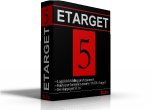





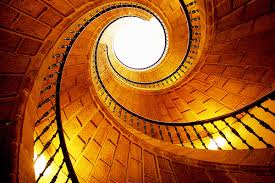




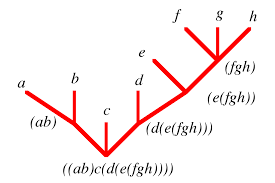

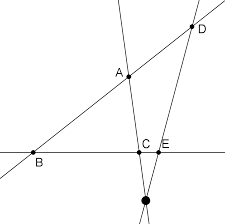
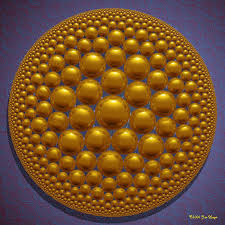
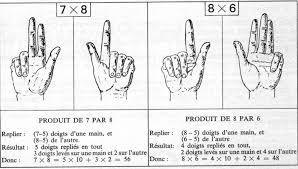
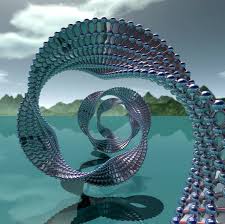

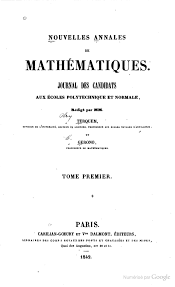

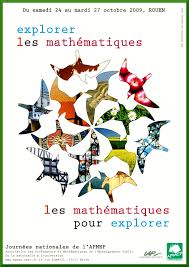
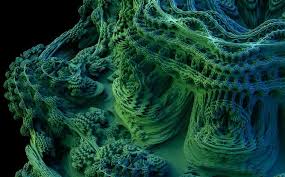


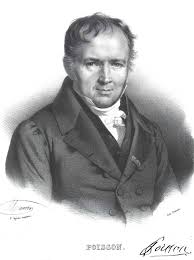

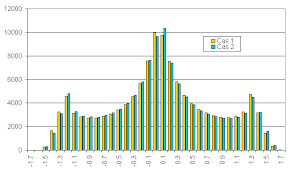
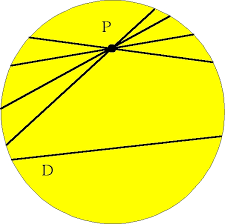


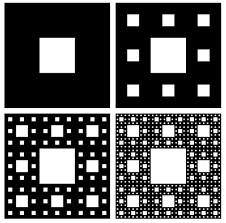
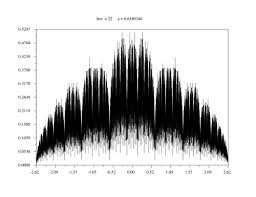
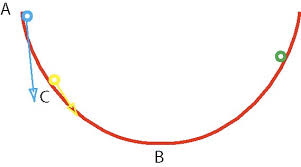
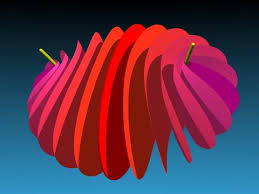
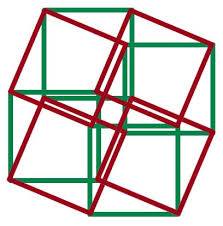



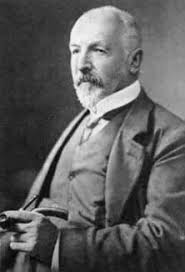

Les commentaires sont fermés.